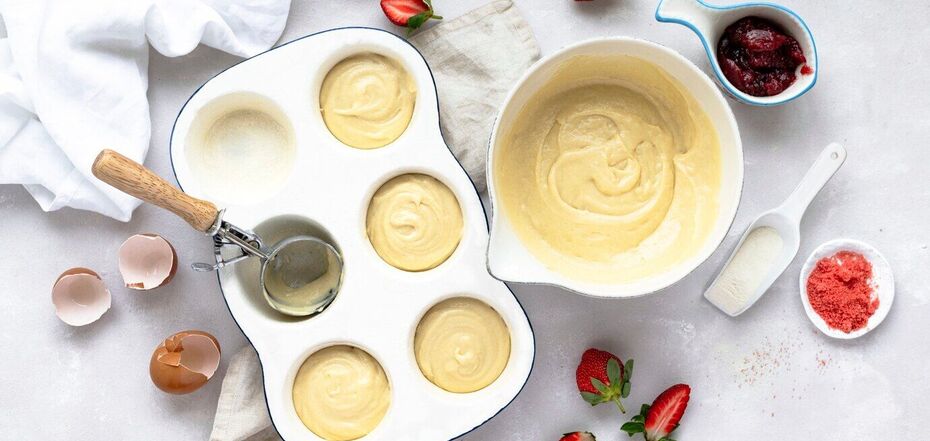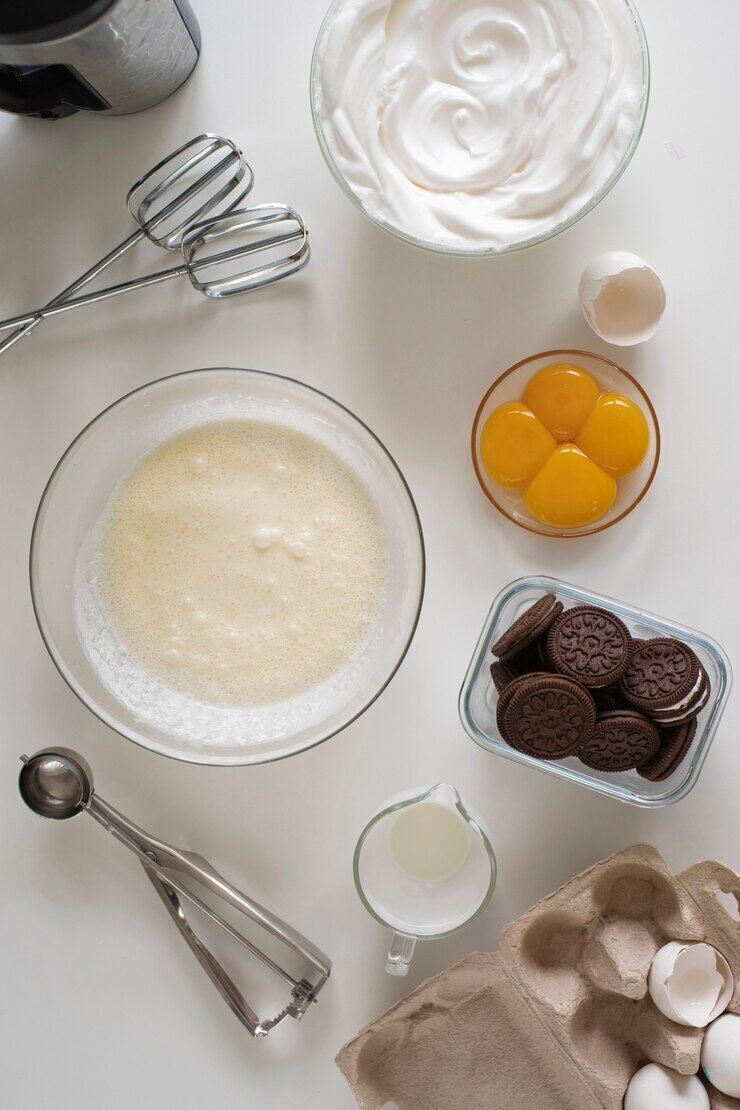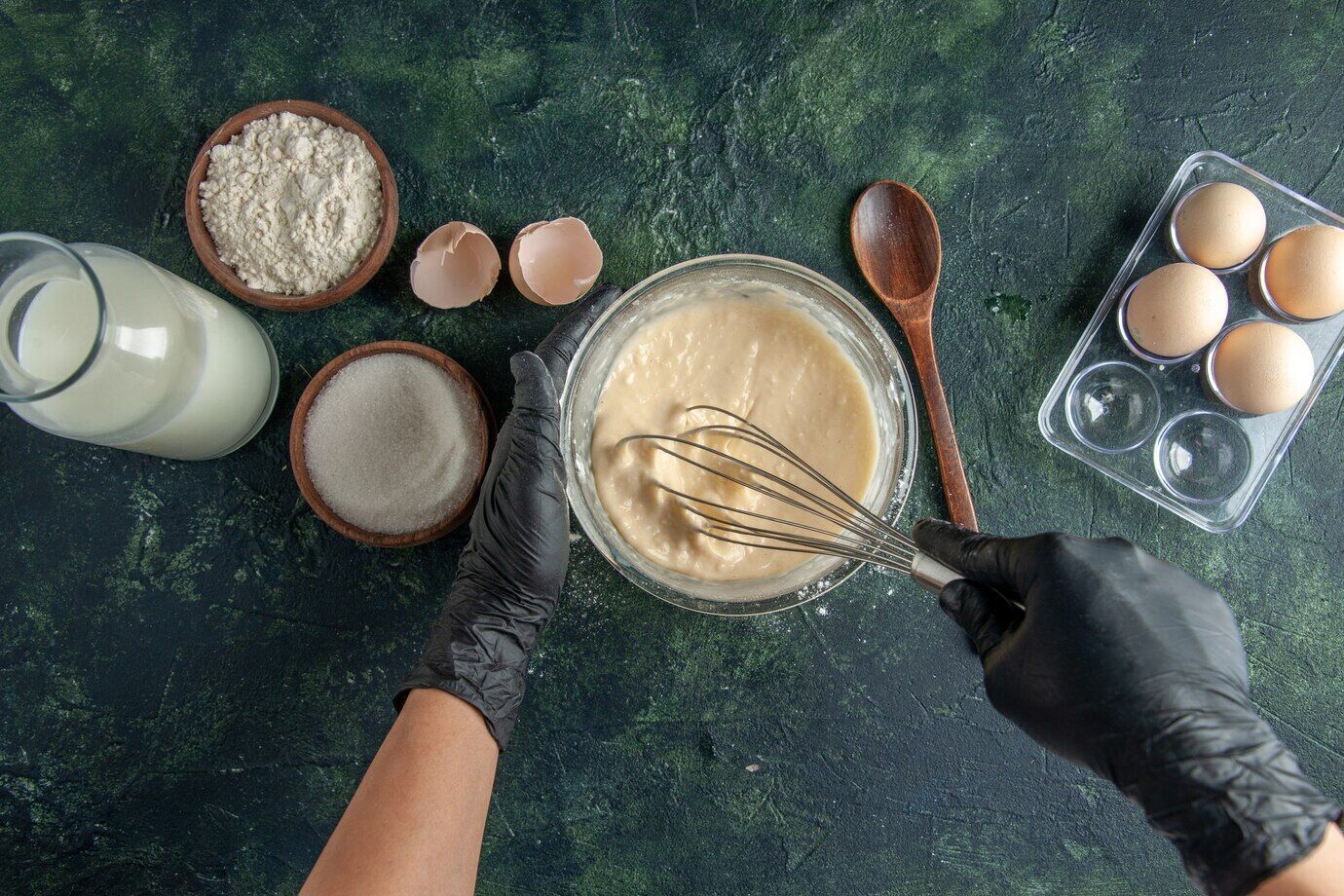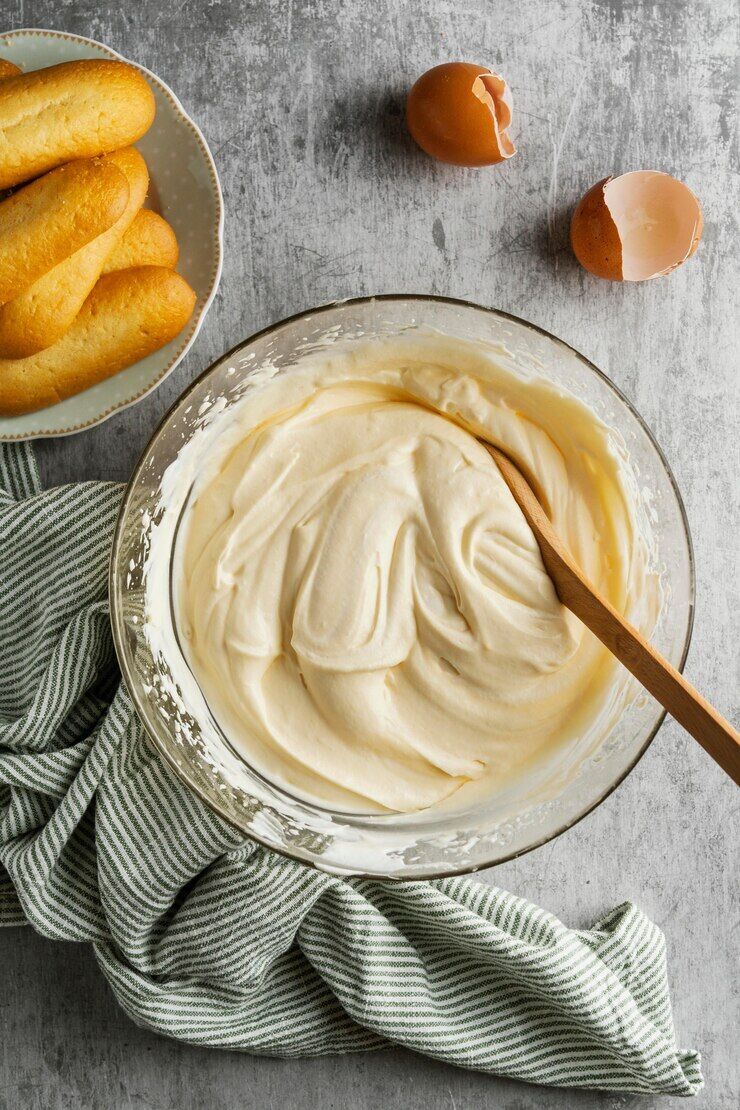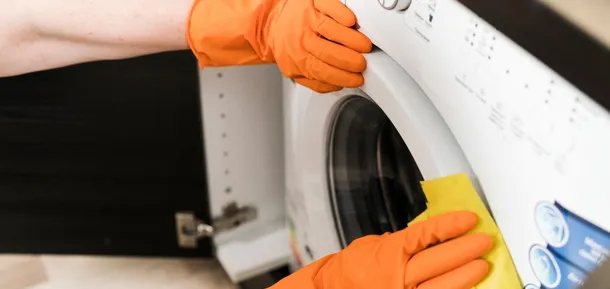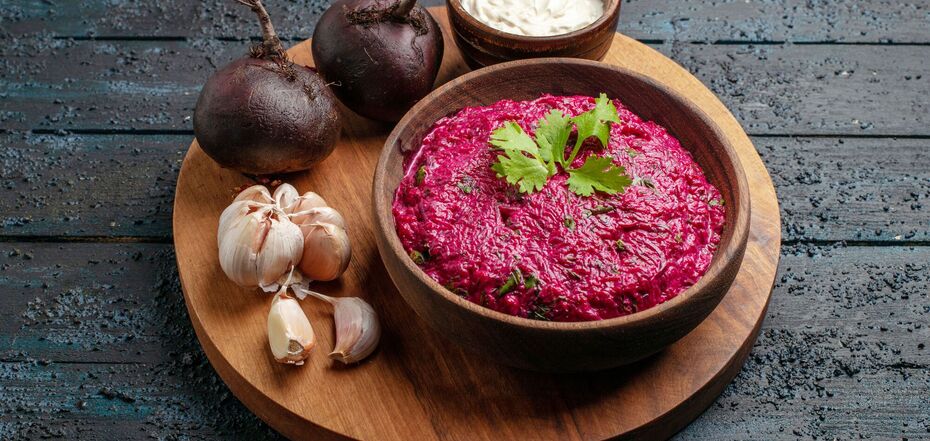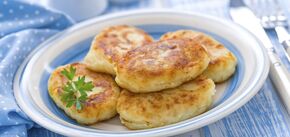News
Why you can't make a successful custard: mistakes that housewives make
Custard is the basis of many desserts, from eclairs and profiteroles to cakes and pastries. It should be tender, smooth, and thick, but in practice, it often turns out to be runny, lumpy or sticks to the bottom of the pan. The reason usually lies in the wrong cooking technique or the wrong proportions. A few simple mistakes can completely ruin the cream, forcing the hostess to look for other options for the dessert filling.
The FoodOboz editorial team will tell you what nuances to consider when making custard. If you correct the mistakes, the result will be perfect.
1. Wrong choice of cookware. It is best to cook custard in a pan with a thick bottom. Thin walls and bottom can cause burning, giving the custard an unpleasant flavor.
2. Disproportionate proportions of ingredients. If you add too much liquid or too few thickeners (eggs, starch, or flour), the cream will be too runny and won't hold its shape. For the perfect consistency, you should stick to tried-and-true recipes.
3. Add eggs to hot liquid. Eggs are one of the main components of custard, but if you pour them into hot milk or cream, they can curdle and form lumps. Add the liquid gradually, stirring constantly with a whisk to avoid this.
4. High cooking temperature. Cooking the cream over high heat is one of the most common mistakes. Too high a temperature causes the mass to thicken quickly, and then burns or stratifies. The best option is to cook the cream over medium or low heat, stirring constantly.
5. Insufficient stirring. To make the cream homogeneous and tender, you need to stir it continuously. Otherwise, burnt pieces may appear on the bottom of the pan and unwanted lumps may appear in the mass.
6. Improper cooling. After cooking, the cream should not just be left to cool - it should be covered with cling film close to the surface to prevent a film from forming. It is also important to stir it periodically to maintain a delicate texture.
How to get the perfect custard:
- Use quality ingredients and observe the proportions.
- Cook the cream over medium heat, stirring constantly.
- Add the eggs gradually, mixing them with a little hot milk before adding them to the cream.
- Cool properly to avoid the formation of lumps.


